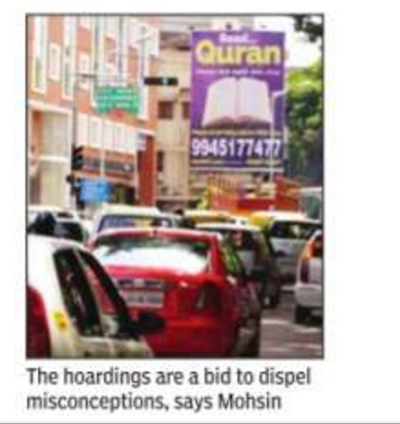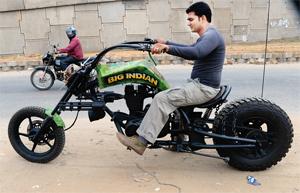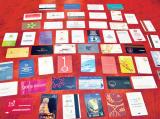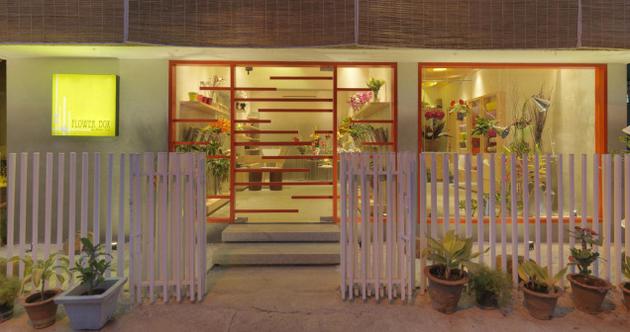Bengaluru, KARNATAKA :
Bengaluru:
For months now, citizens of Bengaluru, the eastern parts in particular, have been seeing huge billboards at vantage points with the tagline, ‘Islam: Facts Vs Fiction’, offering a free copy of the Quran from the advertiser.
Passers-by wonder who’s leasing out the space and why, and having read the message, move on.
Syed Hamid Mohsin, who runs an outdoor advertising business, was known for his love of cars, buying the latest models of luxury cars every year. Six years ago, he found himself facing serious questions.
“There are more than white, and those seen at dargahs, about love jihad and extremism, and other issues.”
He founded the Salaam Centre in 2008 and turned to dispelling misconceptions about Islam and fostering inter-community harmony through the use of billboards, social media and other channels.
His book on Islam has been translated into Hindi, Kannada, Tamil, Telugu and Marathi.
“The usual question from 100 misconceptions about Islam,” said the 50-year-old.
“I’ve tried to explain the difference between Pakistan’s national flag, which is green and intelligence sleuths and the judiciary and others is:where do I get funds for such work, and for the plush office on Bannerghatta Road?’ Mohsin said.
A Bengaluru business man has got billboards posted at key points across the city to dispel misconceptions about Islam and spread the message of communal harmony .
“Outdoor advertising gives me my bread and butter and the income from it is funnelled here. I have a bungalow and a Mercedes Benz which I haven’t changed in six years. Earlier, I used to have two luxury cars and change these every year . Instead of paying an EMI of Rs 1lakh on cars, I decided to do this. I don’t want to go into philanthropy or give educational scholarships because others are doing this,” says Syed Hamid Mohsin, who runs an outdoor advertising business. “I keep the hoardings for short periods as people get bored,” he said.
source: http://www.timesofindia.indiatimes.com / The Times of India / News Home> City> Bangalore / TNN / February 11th, 2016
















